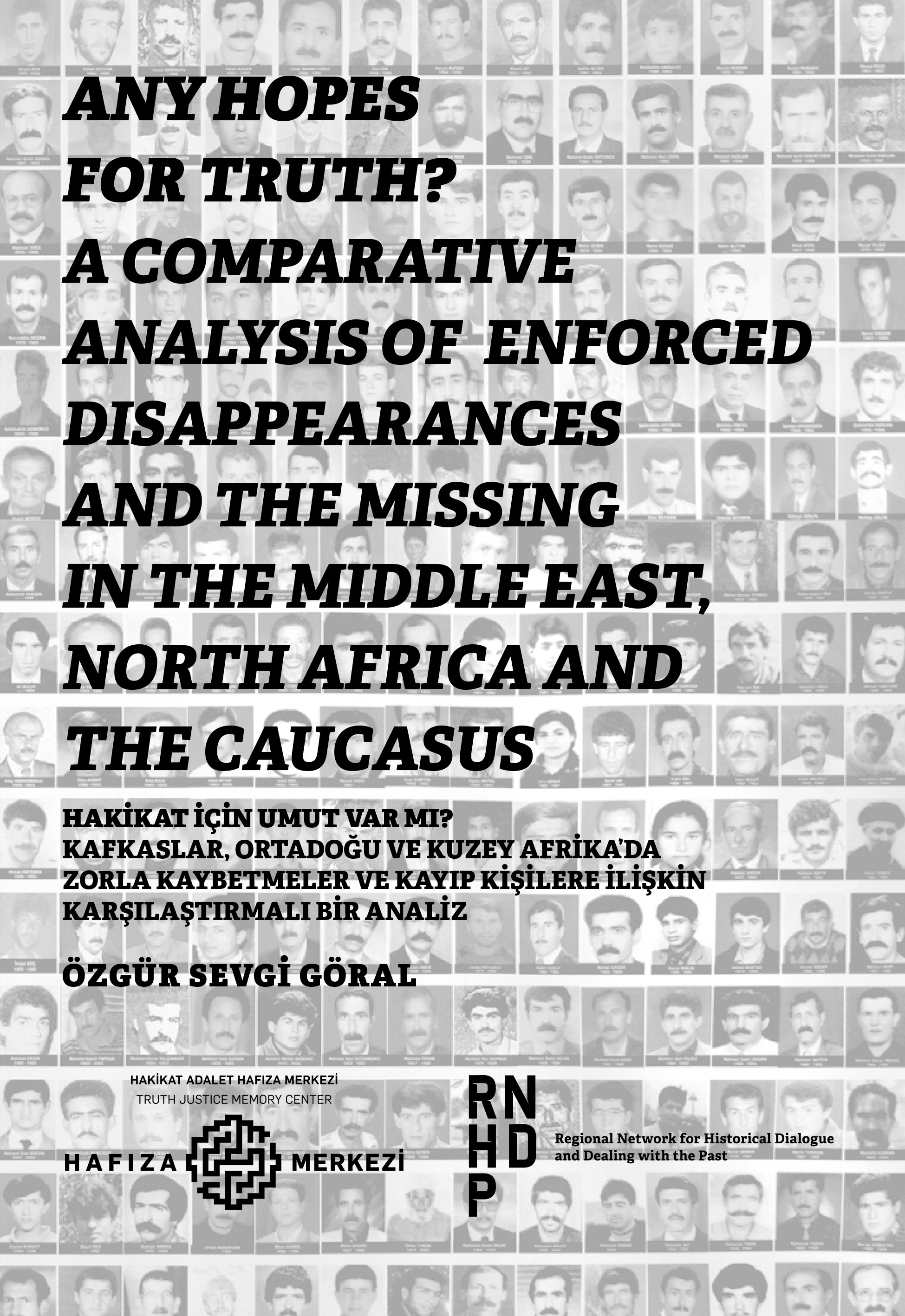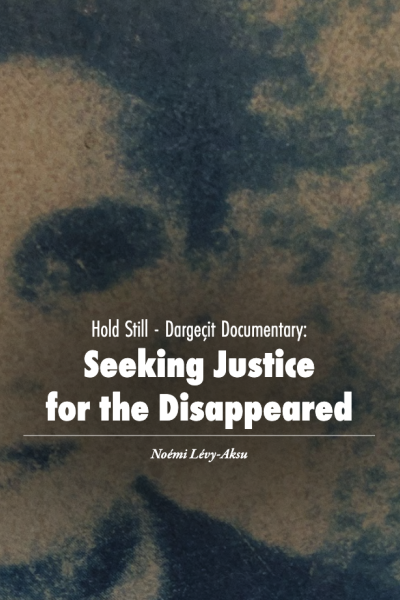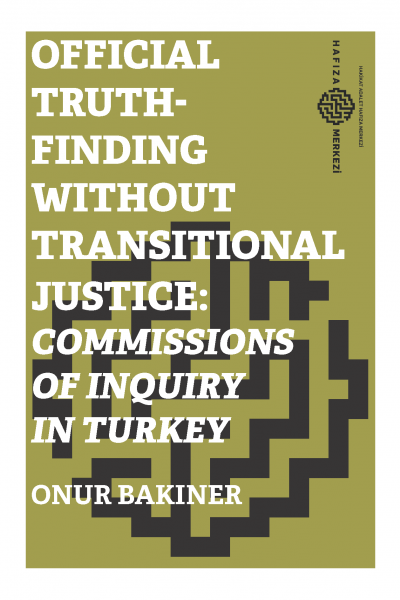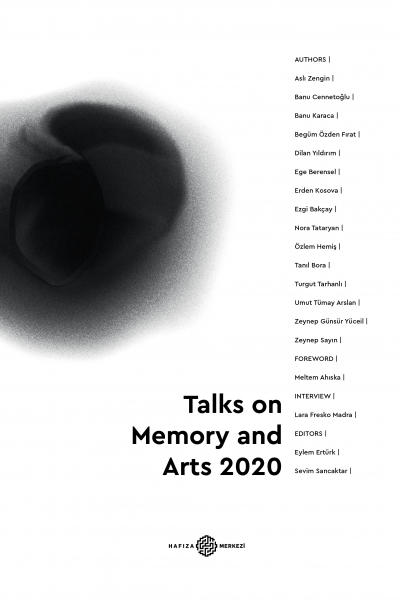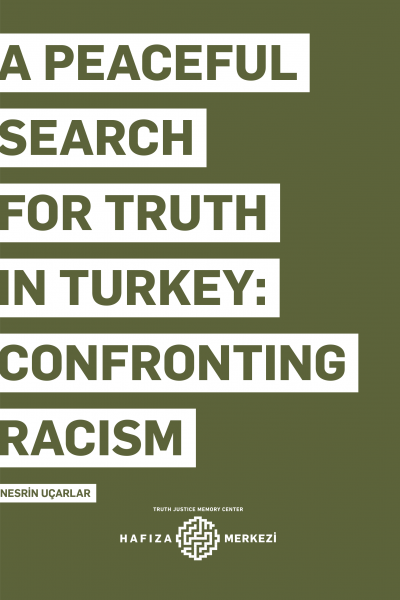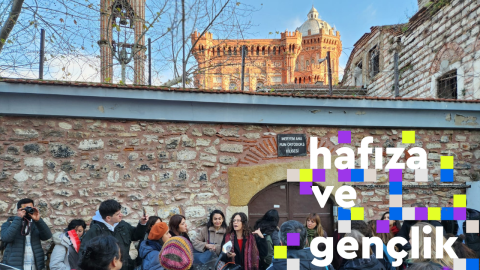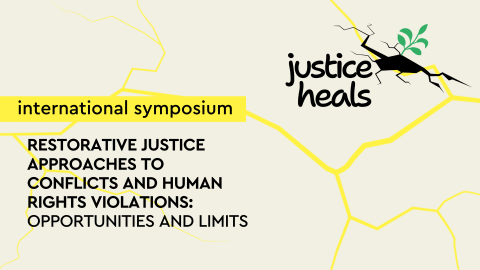For an interactive web page of this publication, click here.
“This work is a humble attempt to underscore the importance of the phenomenon of enforced disappearance, illustrate its various manifestations, reveal its diverse forms of occurrence in different geographical contexts, and highlight its ongoing consequences. In other words, this work aims to recall the gravity of enforced disappearance with all its complexities in a world where this phenomenon has to some extent been forgotten due to other crucial and immediate human rights concerns and grave human rights violations. Enforced disappearance, as a particular and concrete use of sovereignty by different modern states that encounter different forms of sovereignty crises,4 is continuing to be implemented with different patterns in different contexts. In the contexts where it is no longer practiced, the consequences of this phenomenon, as you may see in the following chapters of this book, still remain very much intact. In this work, I focused on the forcibly disappeared persons of the Middle East, North Africa and the Caucasus. There are several reasons for choosing these regions. This book is drafted as a result of the prior efforts of Truth Justice Memory Center and the Regional Network for Historical Dialogue and Dealing with the Past (RNHDP) to bring together different non-governmental organizations, activists, scholars and grassroots organizations working on enforced disappearances in the Middle East and the Caucasus. As part of these efforts, a workshop was organized in Istanbul on January 27-28, 2017 to discuss the possibility of building regional collaborations among the actors working on disappearances. However, the selection of countries within the MENA region and the Caucasus is not solely based on this workshop either. In this book, I intended to include the most crucial instances that reveal the diversity and different patterns of the phenomenon. While in some cases, the practice of enforced disappearance stems from ethnic or national conflicts, in others the origins of the practice illustrate the structure of different forms of authoritative states. Therefore, all the countries selected represent different dimensions of this phenomenon. Last but not least, in order to provide a more informed and sophisticated picture for each case, I prioritized those cases that we as the Truth Justice Memory Center have been monitoring closely with regular updates from the field.”
Özgür Sevgi Göral, from the “Introduction”.
